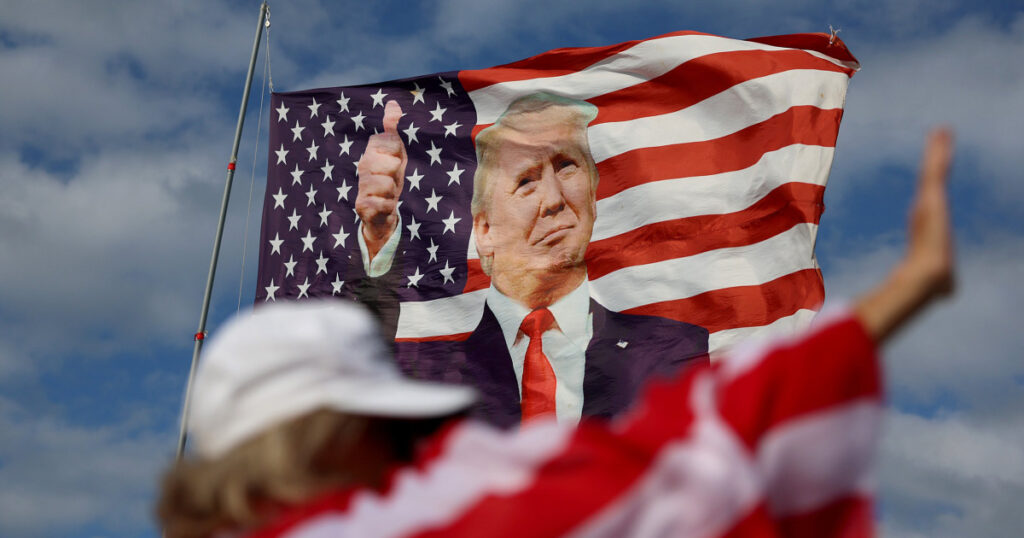The seemingly stop-and-go scheduling of the hush money grand jury understandably has led to some confusion about what’s happening in New York. After a Donald Trump-aligned witness testified Monday, the grand jury reportedly didn’t meet about the case on Wednesday or Thursday as expected. Yet, the week’s events don’t mean that Trump won’t be indicted, for reasons I’ve explained.
But if you’re still wondering about the rules guiding the grand jury, here’s a quick explainer.
Remember the standard that guides the grand jury’s review — an indictment isn’t the same as a decision about guilt that a trial jury would make. Rather, it’s a formal accusation that a person committed a crime. To make that accusation, the grand jury needs to find reasonable cause to believe that a person committed a crime, based on legally sufficient evidence. At trial, the standard is proof beyond a reasonable doubt. Given the relatively low bar in the grand jury, it’s been said that a ham sandwich could be indicted.
But it’s not always that simple. According to a New York handbook, the grand jury generally has three options:
- First is the typical option, which is to indict or to vote a “true bill,” as it’s called. The grand jury has 23 members, though not everyone is always in attendance. A quorum of 16 is needed to do business. Within those 16, an indictment requires the agreement of 12 grand jurors who heard the critical and essential evidence in the case, as well as the legal instructions regarding the charge or charges in question.
- But grand juries can and sometimes do vote to dismiss or don’t reach agreement on whether to indict or dismiss. That doesn’t necessarily end of the matter, but prosecutors may need additional evidence and court approval to try again.
- Notably, the grand jury can also find that a defendant should be charged but with a lesser offense than a felony. That’s potentially relevant in the hush money probe, where a topic of…
Read the full article here





